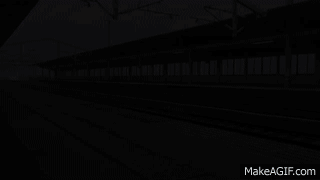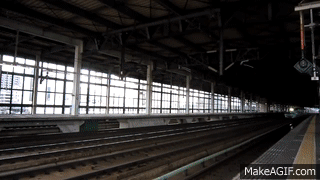Hi,
CAHSR has made some operating decisions that will have different affects on the system to be built. The latest decision affects platform and train lengths. Here's a link to an article about the program decisions.
http://www.masstransitmag.com/news/12271697/state-rail-authority-reduces-size-of-future-bullet-train-stations
CAHSR has made some operating decisions that will have different affects on the system to be built. The latest decision affects platform and train lengths. Here's a link to an article about the program decisions.
http://www.masstransitmag.com/news/12271697/state-rail-authority-reduces-size-of-future-bullet-train-stations





